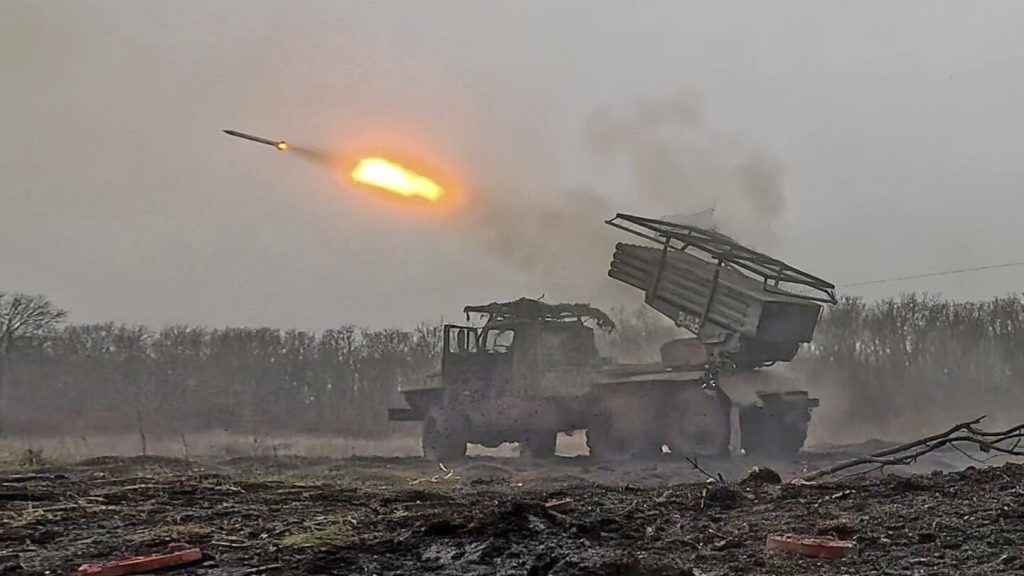International Peacekeeping Plans for Ukraine
KYIV, Ukraine (AP) — On Thursday, senior military officials from various European and other nations will gather at a military installation near London to discuss and refine the implementation of an international peacekeeping force for Ukraine, amid efforts to establish a partial ceasefire.
Prime Minister Keir Starmer of the U.K. announced that the “coalition of the willing,” spearheaded by Britain and France, is progressing into an “operational phase.” The willingness of other nations to contribute troops remains uncertain, as does the likelihood of a ceasefire to safeguard.
Ceasefire Negotiations and Ongoing Conflict
On Wednesday, Ukraine and Russia tentatively agreed to a limited ceasefire, facilitated by a discussion involving President Donald Trump. However, the timing and specific conditions of the ceasefire remain ambiguous, particularly concerning protected targets.
This limited agreement follows a rejection by Russian President Vladimir Putin of Trump’s request for a comprehensive 30-day ceasefire. The ongoing hostilities, particularly attacks on energy infrastructure, underscore the substantial challenges Trump faces in realizing his goal of swiftly concluding the conflict.
Drone Attacks Intensify
In the midst of negotiations, both sides have engaged in extensive drone attacks; overnight, Ukraine reported 171 long-range drones launched by Russia, of which 75 were intercepted. Russia countered by stating it had neutralized 132 Ukrainian drones in multiple regions, including annexed Crimea.
Kropyvnytskyi, a central Ukrainian city, experienced a significant wave of attacks, with around 50 drones causing injuries to 14 individuals and damaging residential properties. “In a cruel twist, enemy drones struck Myru Street (‘Peace Street’),” noted Andrii Raikovych, head of the regional administration.
Future of Troop Engagements and International Cooperation
Discussions regarding the size of potential peacekeeping forces remain vague, with estimates ranging from 10,000 to 30,000 troops; currently, Britain and France are the only countries committed to providing troops. Other nations such as Australia, Canada, and Finland have expressed a willingness to participate in some capacity.
During a video call on Saturday, around 30 leaders, including Macron, Ukrainian President Volodymyr Zelenskyy, and various heads of state from NATO and the EU, delved into these matters. Russia has declared it will not accept NATO troops on Ukrainian territory, and Trump’s administration has not yet provided assurances regarding U.S. military support in the event of a ceasefire breach. Starmer emphasizes that the strategy requires U.S. backing for success.
Military Strategy and European Defense Spending
In tandem with the meeting in London, EU leaders in Brussels are to discuss Ukraine’s security with Zelenskyy while considering increased defense spending in response to the Trump administration’s assertion that Europe must fulfill its own security needs. German Chancellor Olaf Scholz underscored the importance of an independent Ukrainian state with a viable military post-peace agreement, reflecting a broader consensus on the necessity of bolstering Ukraine’s defense capabilities.
The German parliament is expected to approve additional military aid for Ukraine this year, amounting to €3 billion (approximately $3.3 billion), following a loosening of Germany’s regulations on military expenditure. However, Kremlin spokesman Dmitry Peskov asserted that European militarization conflicts with the ongoing efforts by Putin and Trump to negotiate peace.
Hannah Lawless reported from London. Contributions also came from Dasha Litvinova in Tallinn, Geir Moulson in Berlin, Lorne Cook in Brussels, and Brian Melley in London.
For ongoing coverage of the conflict, visit AP News on Ukraine.



